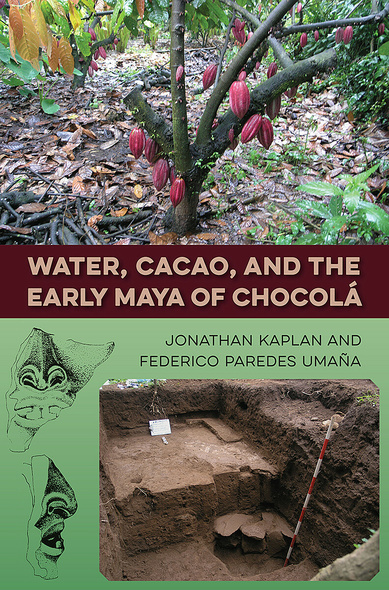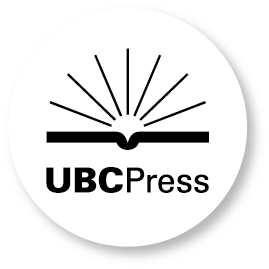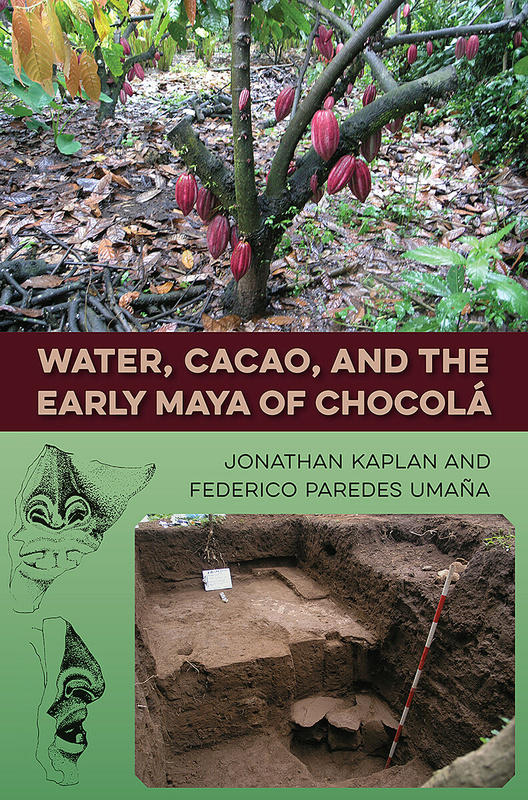
Water, Cacao, and the Early Maya of Chocolá explores the often-overlooked Southern Maya Region of Guatemala, closely examining the near-legendary ancient city of Chocolá. Jonathan Kaplan and Federico Paredes Umaña marshal extensive fieldwork to demonstrate why Chocolá must now be added to the ranks of major Maya polities and theorize how it likely was innovative and influential early in the development of Maya civilization. In their research at the site, Kaplan and Paredes Umaña discovered a large and extraordinarily sophisticated underground water-control system. They also found evidence to support their theory that surplus cacao cultivation for trade underlay the city’s burgeoning complexity. They contend that the city’s wealth and power were built on its abundant supply of water and its arboriculture of cacao, a food which was significant not just in cuisine and trade but also was central in Classic Maya ideology and cosmology. In addition, Kaplan and Paredes Umaña provide the first description and chronology of the ancient city’s ceramics and add over thirty stone sculptures to the site’s inventory. Because the Southern Maya Region was likely the place of origin of Maya hieroglyphic writing as well as the extraordinary Maya Long Count calendar, scholars have long suspected the area to be critically important in ancient Maya history and process. Beyond confirming Chocolá to be one of the major early Maya polities, this pioneering work also helps explain how and why the region in which it developed may have played an essential role in the rise of the Maya civilization A volume in the series Maya Studies, edited by Diane Z. Chase and Arlen F. Chase
A welcome addition to the literature on the rise of complex societies on the Pacific Coast of Guatemala. The comprehensive review chapters will make it a useful reference source for both students and professional researchers working in the Southern Maya Region, while the detailed methodological discussions will make it of general interest for archaeologists working elsewhere in the world.’—Anthropology Book Forum
The site of Chocolá is extremely important for the study of the rise and development of civilization in southern Mesoamerica. This book represents the first systematic description and analysis of this center and is a significant contribution to Mesoamerican archaeology.’—Takeshi Inomata, coeditor of Mesoamerican Plazas: Arenas of Community and Power ‘Kaplan and Paredes Umaña leave no stone unturned in the analysis of the relationships between resources, production, and power at Chocolá. Mandatory reading for anyone interested in the early Maya kingdoms of southeastern Mesoamerica.’—William R. Fowler Jr., author of The Cultural Evolution of Ancient Nahua Civilizations: The Pipil-Nicarao of Central America
Jonathan Kaplan, director of the Chocolá Project, is coeditor of The Southern Maya in the Late Preclassic: The Rise and Fall of an Early Mesoamerican Civilization. Federico Pare des Umaña is professor at the Center for Anthropological Studies at the Universidad Nacional Autónoma de México.




